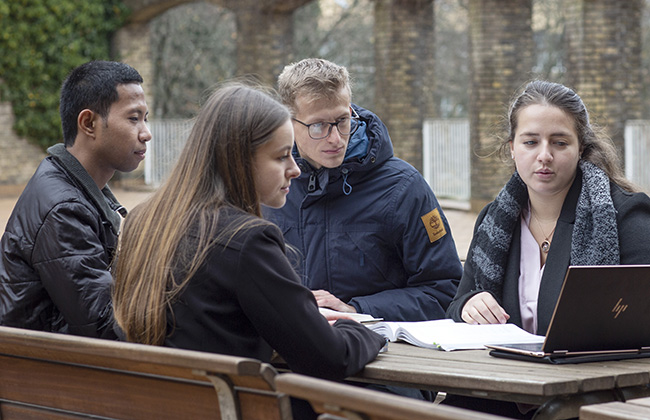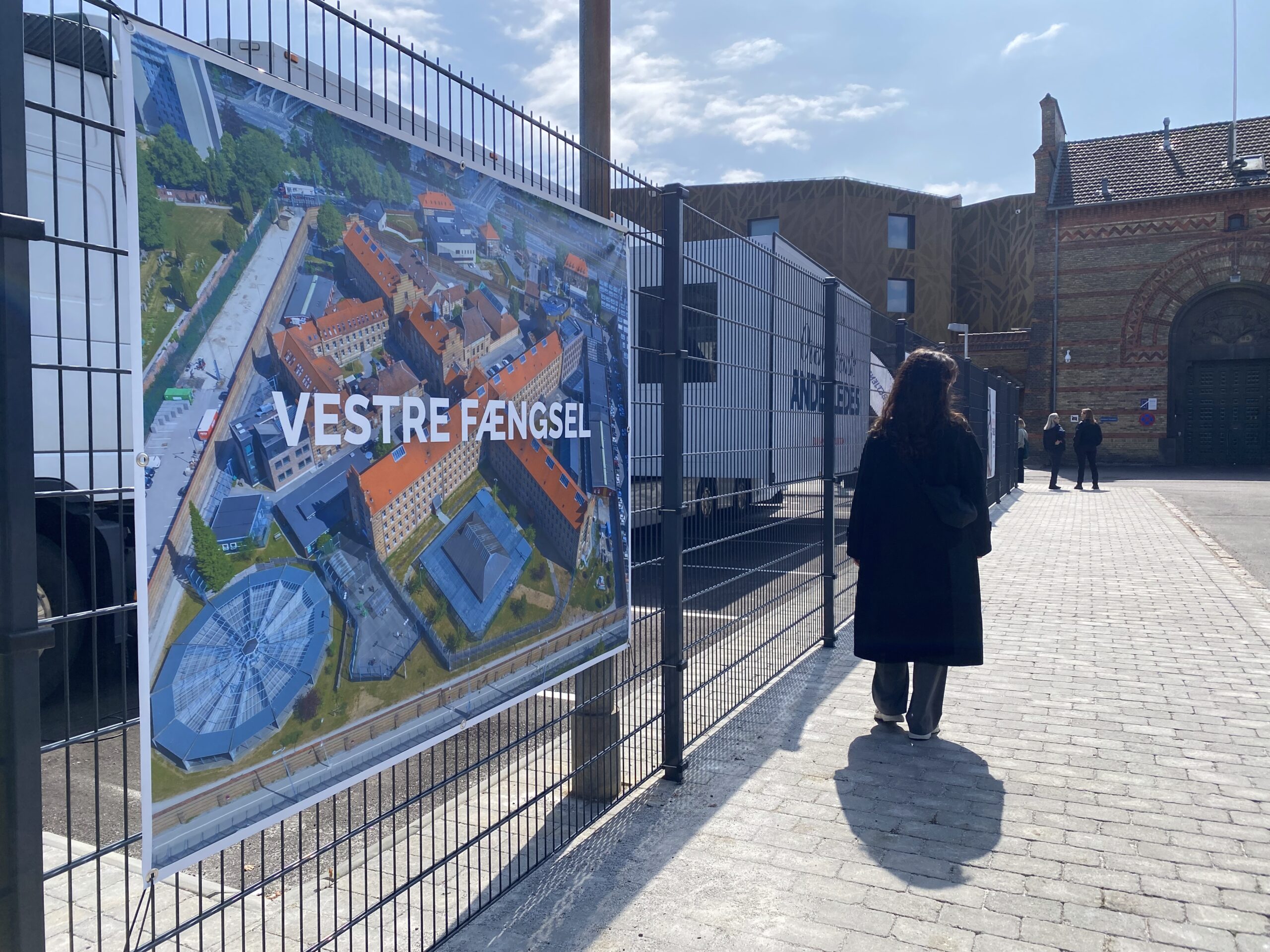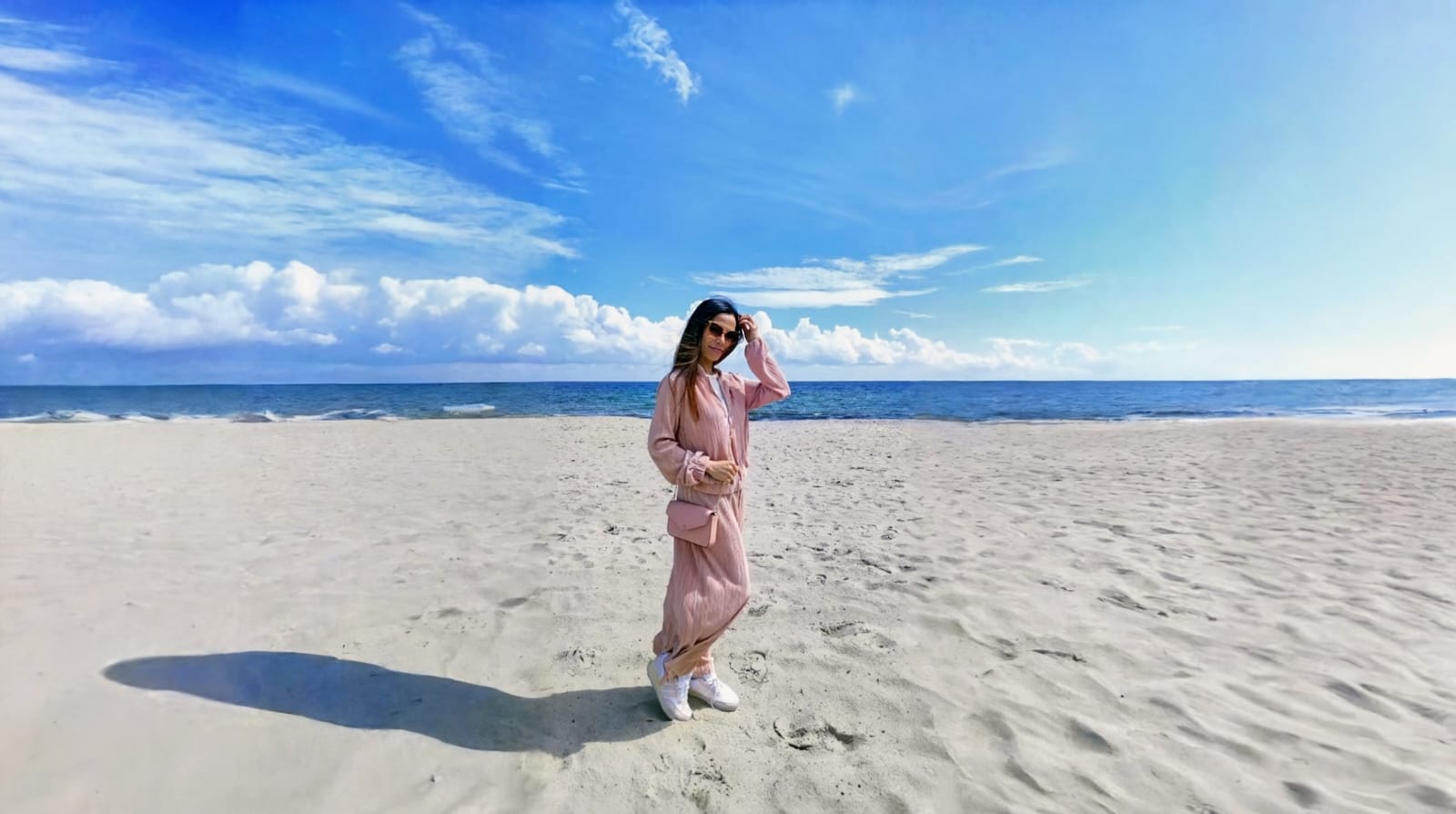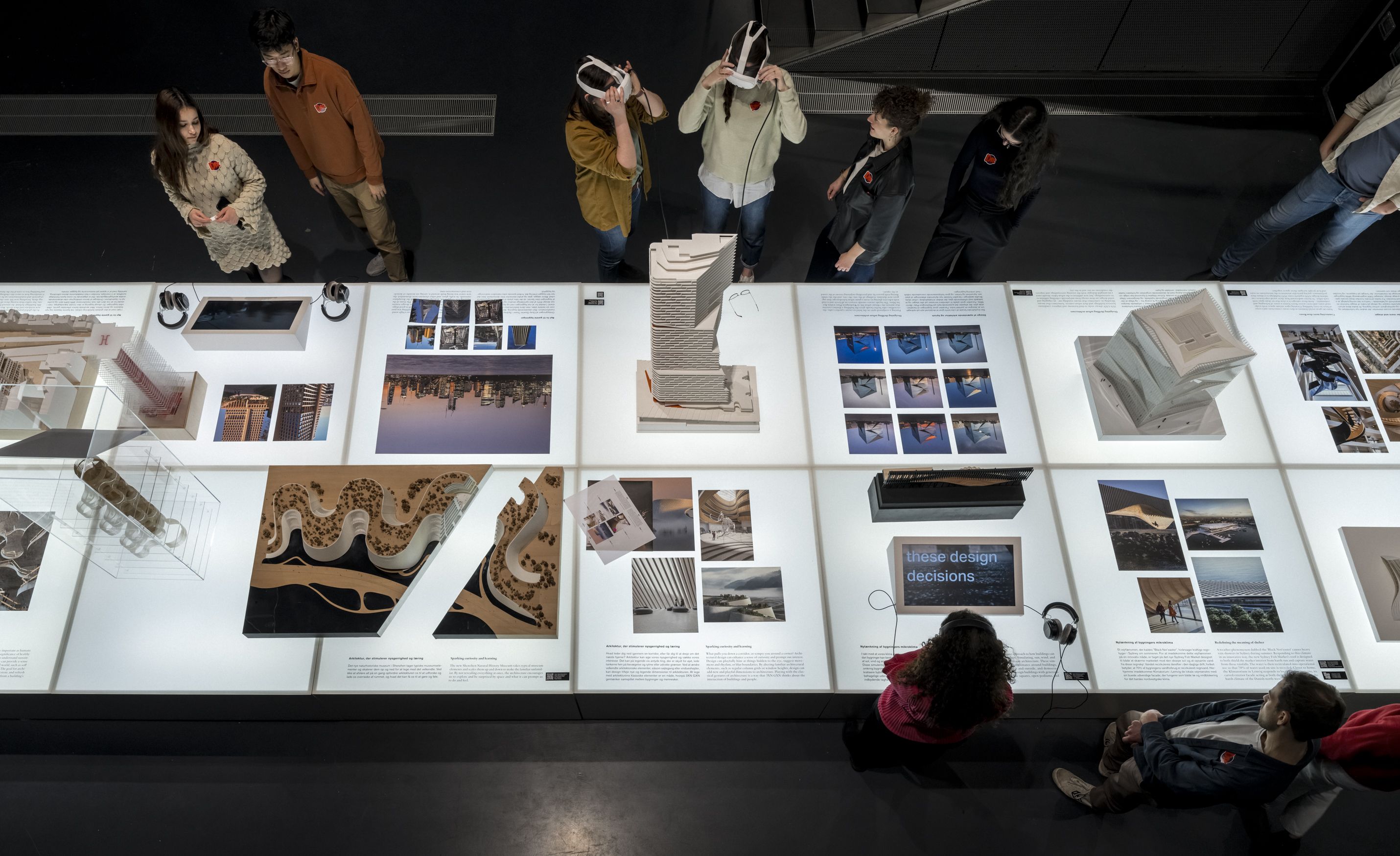Valby girl Mary Willumsen had always been a hard worker – ever since the days when she as a seven-year-old helped her mother and brother deliver newspapers to bring in a little extra money for the family.
Dead hubby’s legacy
Born in 1884 in Frederiksberg, she married a house painter and photographer named Axel Larsen in 1910. It was a short union that resulted in two things: a son, Svend Børge, born in 1912; and the exchange of Larsen’s photographic knowledge to his wife.
After her first husband died in 1913, Mary took up photography, first as a hobby but more seriously from 1915 onwards, turning the prints she had made into postcards, which she sold to local newsagents and then, as the business took off, through mail order companies. The images were portraits of women at Helgoland’s Bathing Establishment – a collection began at the request of the women themselves, who would often bathe nude or at least scantily clad in the privacy of the baths.
The black and white portraits are sometimes erotic, often humorous and at times a little strange. Experts have praised Willumsen for her intuitive compositions and simple way of capturing her naked subjects. The postcards became so popular that Willumsen was able to live off the income she made from selling them, and when she remarried milkman Jens Ludvig George W in 1917, he too rolled up his shirt sleeves and mucked in with darkroom duties as her assistant.
Enter dirt mongers
As her work became more well known, however, it inevitably fell into the hands of those who saw such images as nothing more than filth and pornography, and in 1919 she was tipped off as a producer of indecent material to the police, who were at that time in the midst of a crackdown on the distribution of erotica through newsagents, publishers and photographers.
The following year more than 1,000 of Willumsen’s postcards were seized in one month alone from Scala Kiosk, one of her main buyers. A total of 15,000 images were confiscated as evidence, with a further 10,000 stopped on their way to Germany: figures that help to illustrate the sheer scale of Mary Willumsen’s cottage industry.
The investigation became known in the popular press as the ‘Age Case’ – involving as it did postcards sold through a mail order company called ‘Aga Foto’. There was one other photographer involved in the investigation, Emil Andersen Ebbensen of Aarhus, who actually claimed to have taken all the images himself. Quite why he did this no-one will ever really know, but it has been assumed he was attempting to protect Willumsen, a lady, and her good name.
Heya Helgoland
After an 18-month long investigation the courts determined that the postcards were in fact legal and returned most of them, dropping the charges against both Willumsen and Ebbesen. It was to be the end of an era, however, and although Willumsen asked for permission to start taking the bathing postcards again, as she had become economically dependent on their production, it’s unlikely she made many more, as by 1928 she had started cleaning her glass plates in order to reuse the glass for a greenhouse.
She was never to photograph at the baths of Helgoland again, living the remainder of her days at a distance from the photographic arena, instead buying antiques she found at auctions and selling them to wealthy homeowners in the so-called ‘Whisky-Belt’ areas of Hellerup and Gentofte north of Copenhagen.
Even before her death in 1961, the name of Mary Willumsen had somehow managed to become confused with another photographer of the period, a Marie Villumsen from Jutland, and it was not until 1994 that her true identity was uncovered.
That year her bathing pictures were exhibited at Glyptoteket in Copenhagen, where most of her postcards, along with many of the original photographs and negatives, are kept safely at the Royal and State Libraries.













